Morchella esculenta, also known as the Golden or Yellow Morel, is a highly coveted culinary delight that can be found throughout much of North America with sporadic appearances in China and Japan, as well as parts of eastern Europe. Ranging from 3”-8” tall and varying wildly in mature shape, these fungus fruiting bodies feature tan to yellow pitted caps and smooth tan stems. The fruiting body is hollow all the way through and tends to act as both shelter and food for visiting insects like slugs, snails, beetles, and isopods. There are other species of Morel and Morel-adjacent fungus including the Black Morel (Morchella angusticeps) and Half Free Morels (Morchella punctipes) that can resemble a Yellow Morel and are also edible but are less common and less desirable.
Appearing once soil temperatures average 50 degrees Fahrenheit and spring rains have added moisture to the forests, morels begin to appear seemingly overnight. They grow for a few days before beginning to decline and turn to mush or dry out, becoming shriveled and hard depending on the weather. Morels, like most fungus, form mycorrhizal relationships with certain species of trees. Known associate trees include Cherry, Maple, Oak, Elm, Ash, Sycamore, and Tulip Poplar, but may include more. To increase your chance of finding morels, become familiar with the habitat in which these trees are found, which is most commonly lowland forests. In addition, be sure to keep an eye out for trees that appear to be dying but not completely dead. The fruiting bodies of Morels are usually only present through April and May and will not appear until the following spring once sightings have stopped.
To prepare Morels ‘Brad’s Way’ follow these directions*:
- Collect fresh morels, being sure to remove as much soil and debris as possible.
- Soak the Morels in a hot salty brine for no less than 10 minutes to kill off any small bugs or other invertebrates that may be hiding inside or among the many crevices of the mushroom’s surface and wash thoroughly. Some people let them soak overnight for added precaution.
- Slice mushrooms vertically to expose the hollow center and clean them out as you would any other fresh produce. Some larger fruiting bodies may be sliced an additional time to get them to a more manageable size in the pan and to cook through if smaller pieces are also present.
- Add a generous portion of butter to a pan heated over medium heat, enough to coat the mushrooms thoroughly and prevent burning.
- Add sliced mushrooms to pan cut side down and let it cook for 3-4 minutes before turning and cooking until the mushrooms have browned and softened. Add salt, pepper, and half of a thinly sliced shallot to the pan partway through cooking, if desired.
- Enjoy!
*As with any found and foraged foods, or foods you may have never tried before, it is advised to sample small portions of Morel before consuming a larger portion to prevent gastrointestinal distress. If you have not eaten them before, you cannot be sure how your body will react, and it is always better to be safe than sorry.
Happy hunting!

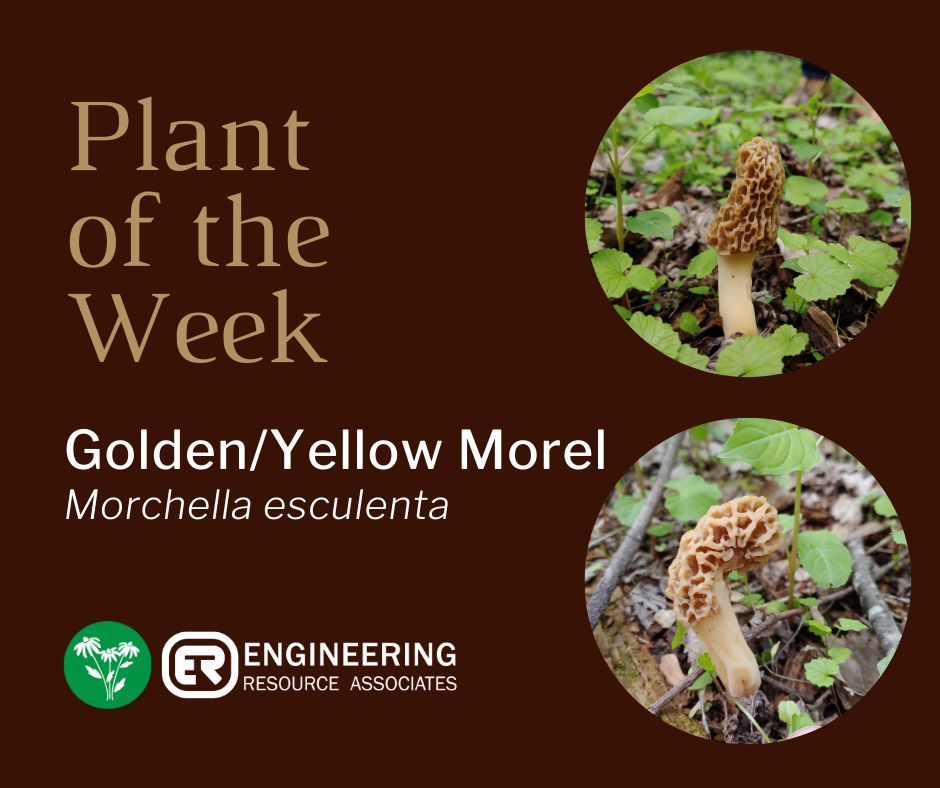

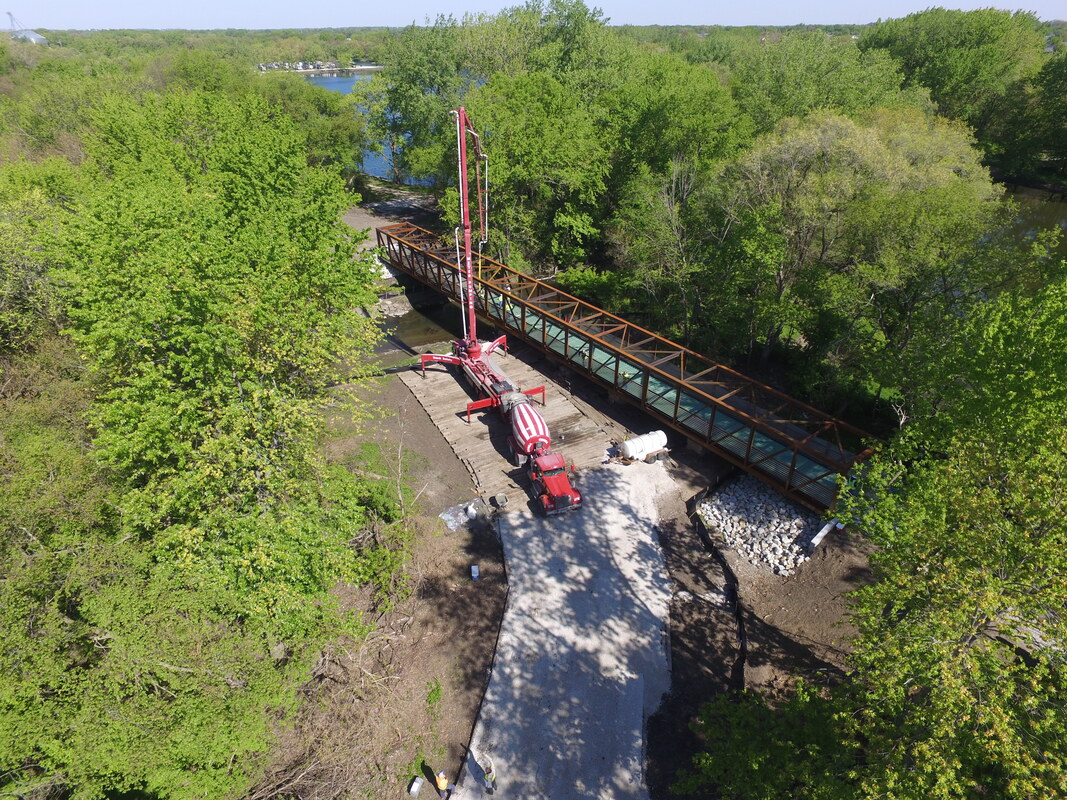
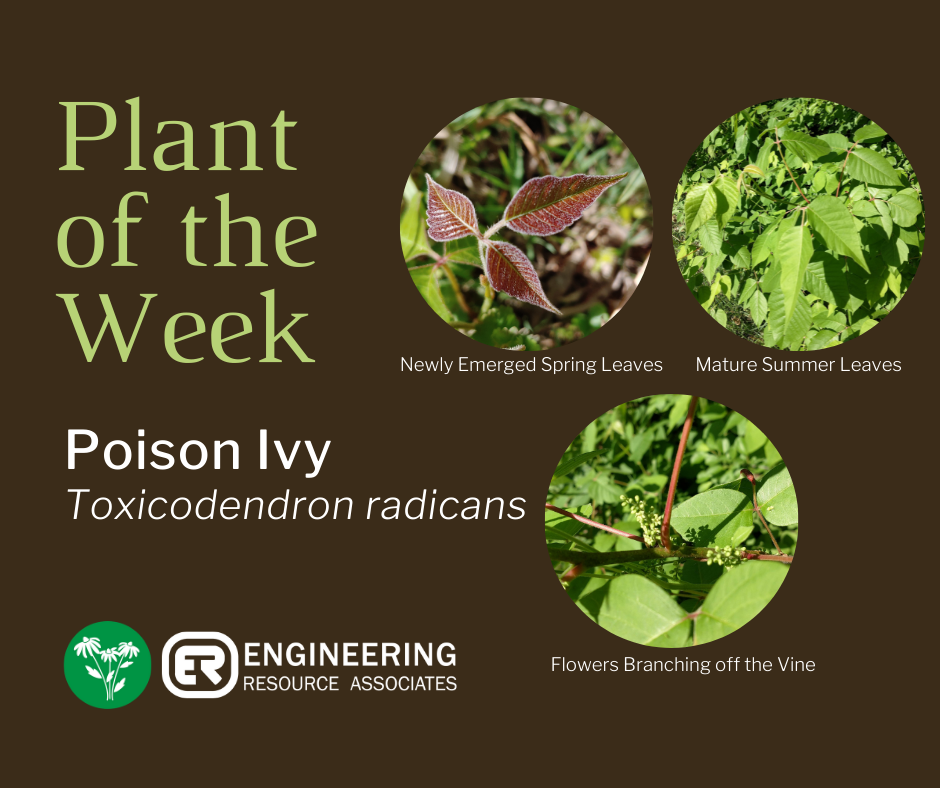
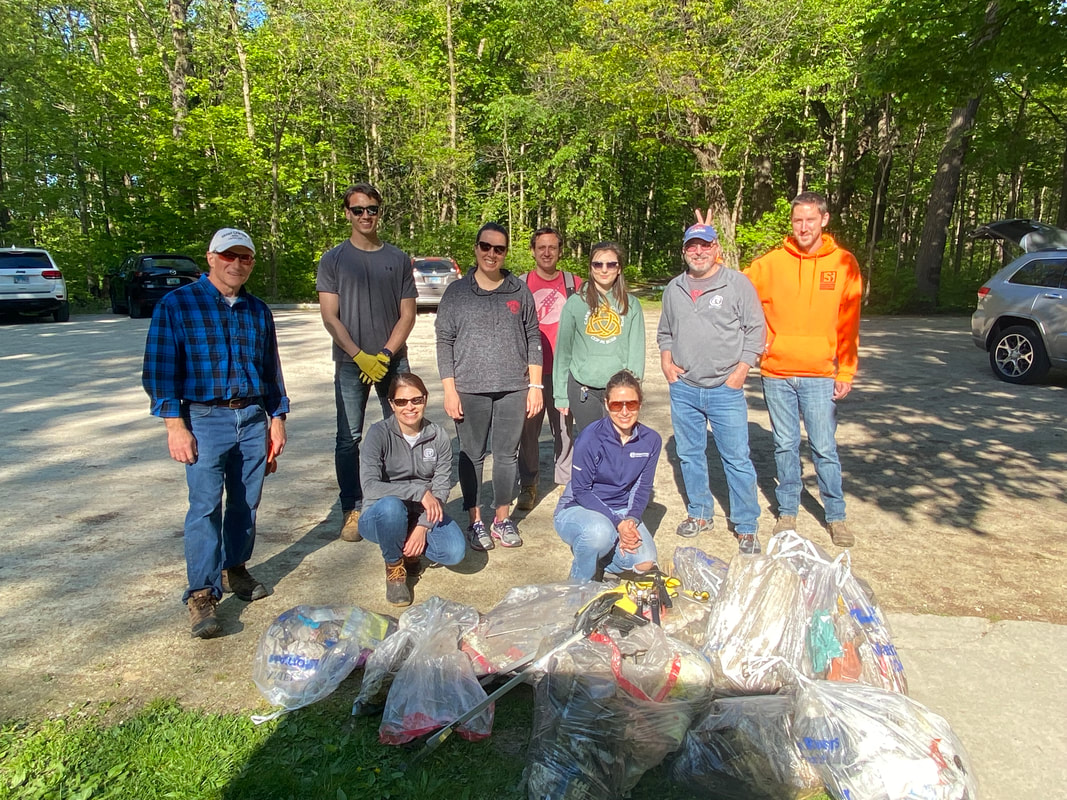

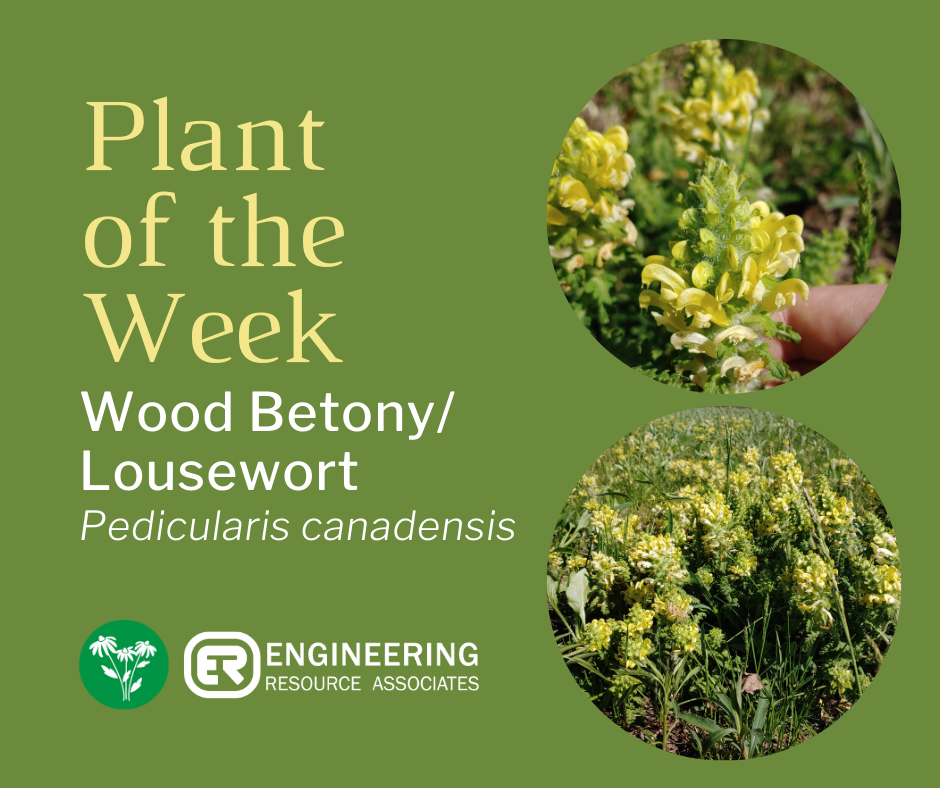
 RSS Feed
RSS Feed